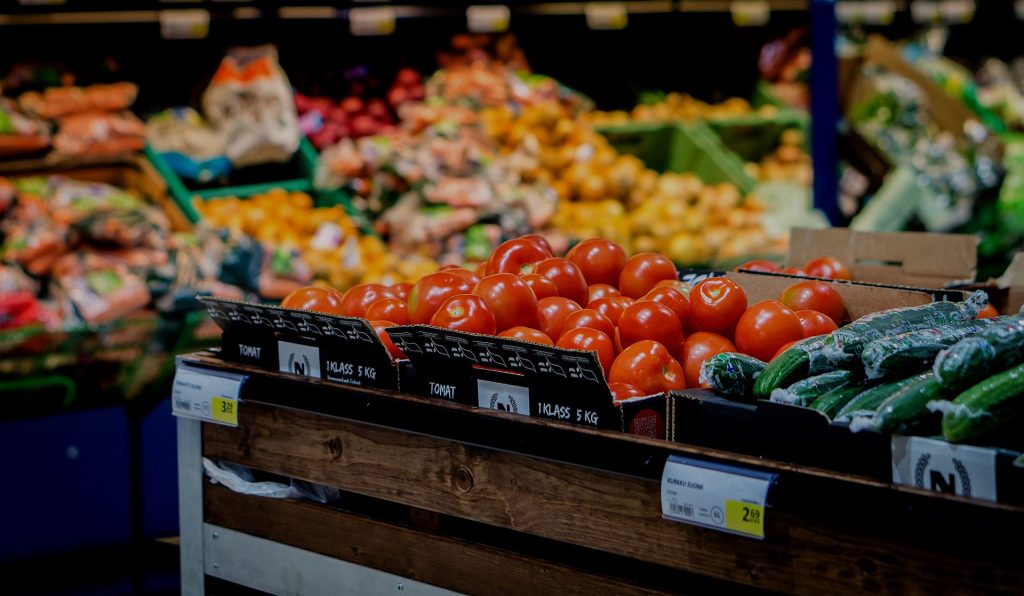FMCG manufacturers and retailers could both lower prices to the public and improve profitability if we eliminated the cruel hoax that is catalogue and gondola-end price promotions.
It’s a merry go round–a game with lots of noise and moving parts that produces enormous waste. Excess production, excess consumption, and out of code stock write-offs all contribute to higher costs for both the industry as a supply chain and for consumers.
We are living in an age where business model disrupters who can optimise economic, social and political capital can win the consumer dollar without a single TV campaign.
Changing the economics of grocery–to take out cost and enhance the retail experience, beyond the theatre of pricing specials–is one key step toward making food prices fairer for all.
When a weekly price special for a packet of Tim Tams or a 1.25 litre bottle of Coca Cola is undertaken with a claim of saving 50%, you can be sure that someone, somewhere is paying for that saving. To fund the 50 % discount for the 2-3 weeks of the year that these specials are offered, regular prices must be increased by 5-10 percentage points to offset the 50% loss. This penalises those who did not buy the products during the week of the promotion.
Substantial costs are also generated from price promotions. Additional staff and software are needed to manage forecasting of demand when prices are reduced by 50%. In almost all cases, forecasts are not accurate: They can get within 80-90% of the actual sales demand in 80-90% of cases, but in the remaining 10-20% of cases, the forecast can be off by upwards of 200-300%. Many FMCG companies have been left with 6 months excess stock that needs to be moved to clearance houses and sold at 20 cents in the dollar just to recover some money.
This result almost negates the gains from the price promotion activity.
Added to this cost of over-production is the cost of consumers switching their purchases from buying at regular full price to waiting until the product is sold at a special. This sets in motion concerns from the marketing team that the brand’s health is in decline. Market research is undertaken and then an advertising campaign is created and run at a great expense. It is determined that a new flavour variant would create further interest in the category and drive greater revenues.
What is not factored into this thinking is the canalisation rates of the existing products, the expense of setting up new product facilities, and consumer testing and marketing of the new flavour variant. If the company had just stopped the excessive price promotions of the original product at the outset, they would have a solid baseline, consumers who buy at full price, reduced supply chain costs and improved profitability.
Solutions
FMCG manufacturers need to engage the major retailers in a new dialogue around creating value for consumers and the categories they shop.
Rather than one-off price specials, consumers can be shown a new model of grocery buying. This model of grocery buying should reflect the real cost of sustainable and nutritious food production, not the artificially held-up prices that are due to the wide array of chemicals and production processes that are used to reduce food production costs.
Grocery prices in Australia are low relative to average household incomes, when compared with markets like the UK. The reality is that people spend more on their cars and holidays than they do on their food intake and health.
Consumers have not been educated to see food as a nutritional source for maintaining physical and mental health. Instead, they have been educated by the grocery industry to see the supermarket as some kind of casino–where you get lucky with bargains, or pick up specials because someone has lost their mind at the supermarket head office keying prices in the computer.
A Checklist for Improving the Supermarket Experience
- Identify a range of 100-200 core food staples and reduce the prices of these items by 10%.
- Reduce prices on fresh vegetables by 5.0-10%.
- Raise prices for all products where sugar is greater than 30% of the ingredient list by upwards of 10-20%.
- All confectionery and soft drink products should have price increases of between 20-40%. Increase the prices of almost everything in the supermarket freezer – it is all processed and mostly sugar-derived.
The key here is that all food can be broken down into the following categories:
- Raw staple ingredients – vegetables fruit, meats, flour, etc.
- Processed / package staple ingredients – rice, pasta, etc.
- Processed food with low sugar levels
- processed food with mid/high sugar levels
- Additives – salt, pepper, etc.
- Everything else:
- Sugar hits
- Caffeine hits
- Entertainment food
There are likely to be multiple ways to classify food–but the key point is to identify foods that are core to human survival and make these extremely affordable. Then offset these by making the discretionary and highly processed foods higher in price.
This discussion isn’t about classifying foods into various baskets today, but about changing the passive way food is managed and marketed to an unsuspecting public. The obesity epidemic and pressures on the health system are testament to this fact.
Cigarettes were used by around 35% of the population in the 1970s. Now these levels have dropped to the low teens and single digits. What does this have to do with food pricing? Simply put, there is a role for policy intervention either via taxes, or more stringent laws, or both to guide manufacturers, retailers and the public to find healthier choices.
The reliance on price promotions to drive sales and create perceptions of value is a distraction from the real issue of public safety that was addressed by the introduction of the public smoking laws, and then the marketing and sale of cigarettes.
It is time to consider a new approach to food manufacturing, marketing and consumption.
Click here to download the whitepaper.






